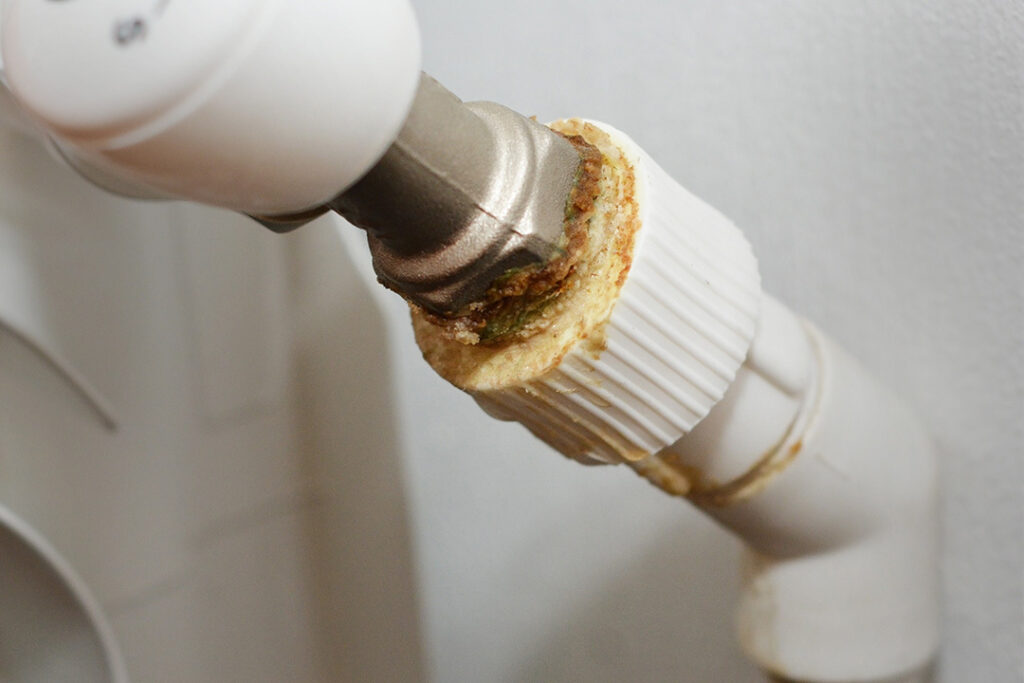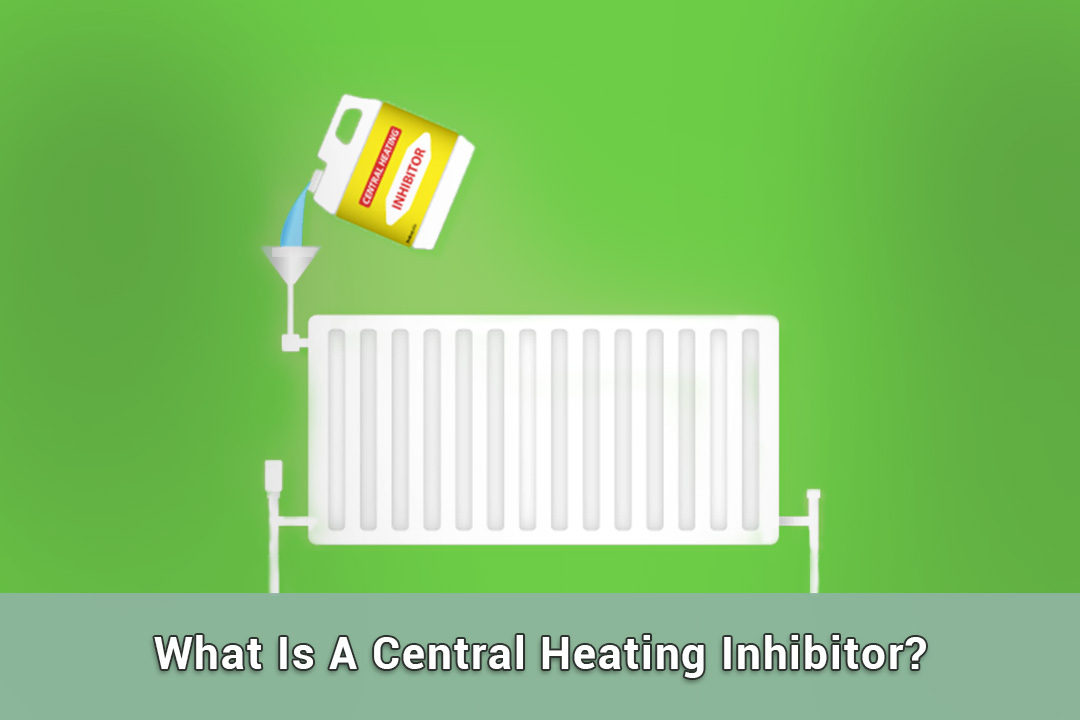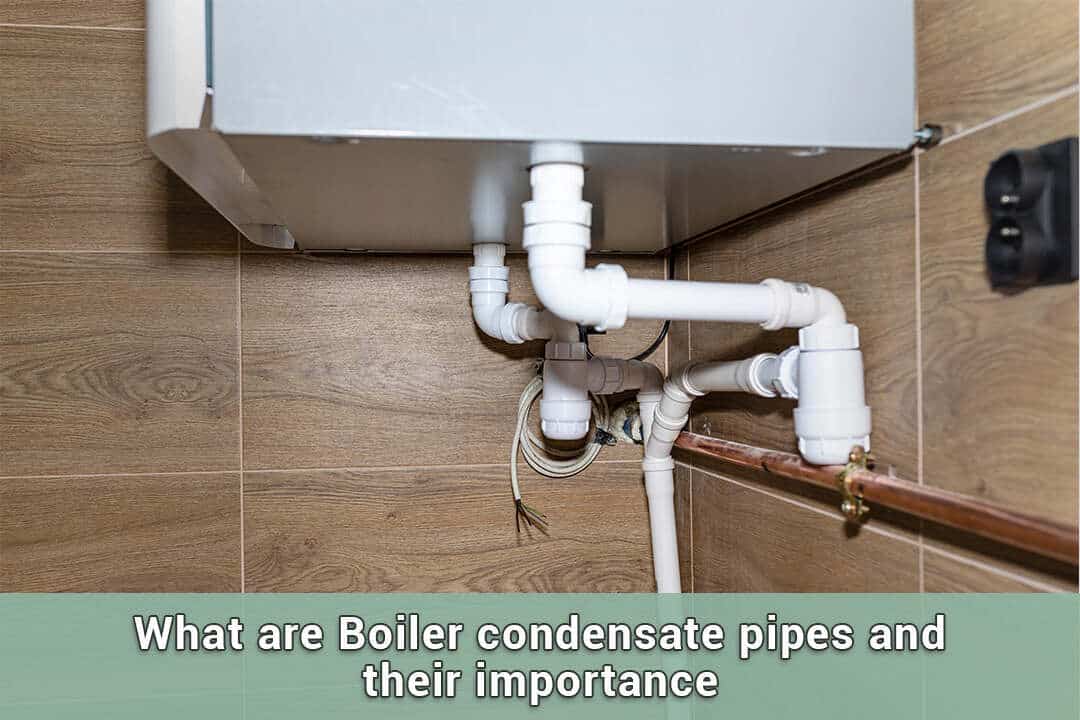Table of Contents
A central heating inhibitor is a chemical rather than a physical object. It helps to keep the entire heating system running smoothly. When rust and corrosion gather in your central heating systems because metal pipes transfer water, the role of these inhibitors becomes critical. So if rust appears, trying to remove it can make matters worse.
Also, dirt and other debris may build up and clog the pipes. This can reduce the heating system’s efficiency. It can sometimes cause irreversible damage to the system. However, if you place this inhibitor in the pipes, you can stop this. On top of that, these chemicals can break down rust and other harmful substances before they choke the pipes. As a result, your heating system can stay safer and more efficient in the long run.
How do I add a central heating inhibitor to a radiator?
Firstly, pour the radiator inhibitor into your heating system’s pipes. It works with the water, limiting sludge formation. Now, there are two types of heating systems: open-ventilated and sealed. Both require different techniques for applying inhibitors. But, remember to turn off the heating system before applying the inhibitor. It could be dangerous otherwise.
To keep your heating system in good condition for a long time, take these steps:
Schedule a power flush
It’s similar to performing a deep clean on your heating system. Professionals employ powerful chemicals to flush away dirt and sludge. Consequently, this can stop malfunctions and maintain your system efficiency.
Add the inhibitor
Once cleaned, use an inhibitor to safeguard your system from potential dirt and rust. Also, remember to top it off once a year or when you run down the system.
Install the magnetic filter
This filter removes any remaining filth before it enters your boiler. Furthermore, it needs to be cleaned once a year as part of the boiler servicing.
Install a scale reducer
If you have hard water, use a scale reducer. Moreover, it removes limescale, which can cause difficulties in your system. Secondly, it grows on different parts such as the boiler’s heat exchanger, thermostat, pipes, and radiators. So a scale reducer can cleanse it.
Boiler Inhibitor
Firstly, ensure that the radiators are cool and that the boiler system is turned off. Secondly, depending on the type of radiator, apply the inhibitor via a bleed valve or a plug. But ensure that all valves are closed. Next, insert the boiler inhibitor bottle into the valve and pour it inside. Finally, turn the heat back on to distribute the inhibitor throughout the pipes.
How much should I add to my central heating system?
Typically, one litre can treat eight to ten radiators, depending on the brand and kind. But, if you have more than eight radiators, you may need two bottles. However, adding too much is bad. Moreover, extra inhibitors will not provide extra protection. So they may harm filters. In fact, it’s like wasting money. So, avoid overfilling your system.
Radiator Recommendation Table with Prices
Number of Radiators | No. of 500ml Bottles | No. of 1 Litre Bottles | Estimated Price |
3-4 radiators | 1 Bottle | 1 Bottle | ~£60 – £100 |
5-7 radiators | 2 Bottles | 1 Bottle | ~£100 – £150 |
8-10 radiators | 2 Bottles | 1 Bottle | ~£100 – £150 |
11-13 radiators | 3 Bottles | 2 Bottles | ~£160 – £200 |
14-16 radiators | 4 Bottles | 2 Bottles | ~£220 – £250 |
17+ radiators | 4+ Bottles | 2+ Bottles | ~£250+ |
Please keep in mind that these prices are estimates and may differ depending on the brand, kind, and quantity of the product you select. So it’s always better to speak with an expert or retailer for particular price information.
How do we add a central heating inhibitor to different systems?
Well, open-vented systems often have two water tanks in the loft. To add an inhibitor, follow these steps:
- Add the inhibitor to the tiny expansion tank.
- Turn off the water flow at the mains or tank valve.
- After draining the tank, check for corrosion. If it’s clean, pour in the inhibitor and turn the water back on.
For a sealed system:
- If the loft has only one huge tank, the system is sealed.
- Add the inhibitor to the boiler’s filling loop.
For a combination boiler system:
- Firstly, turn off the heating and let the radiators to cool.
- Secondly, pour the inhibitor straight into one radiator using the bleed valve or top plug.
- Thirdly, close both radiator valves.
- Next, place the inhibitor bottle on the valve or plug and pour it in.
- Now, turn the heat back on.
What’s the best central heating Inhibitor?
Heating specialists frequently prescribe major brands of inhibitors such as Sentinel X100, MagnaClean MC1, and Fernox F1. But, each brand offers a distinct product to address specific heating system difficulties.
Magnetic filters
The main brands for magnetic filters include MagnaClean, BoilerMag, Fernox, and Sentinel. But choose a filter size that fits your boiler’s input pipe (22mm or 28mm). Furthermore, manufacturers like MagnaClean provide both conventional and compact sizes. Without a doubt, smaller filters cost less but require more regular cleaning.
Scale reducer
A scale reducer can help avoid limescale buildup in your system. MagnaClean and ScaleMaster are two popular brands of scale reducers. But before buying, compare their prices and choose the one you really need.
What Problems Can A Central Heating Radiator Avoid?

It is always wise to avoid problems before they even take place. So a radiator inhibitor cleanse helps avoid problems from arising on radiators or pipes. Moreover, boiler pressure drops are typical. Consequently, they can indicate blockage or leaks.
No doubt, a boiler inhibitor cannot repair physical damage, but it does make it more difficult for rust or sludge to build up. So you don’t even need to identify the problem area because the central heating inhibitor breaks down debris quickly.
For heat: Cold radiators or showers could indicate a blockage. However, applying inhibitors earlier avoids blockages. Moreover, it restores heat to radiators, reducing the need for repair.
Rusting: Metals rust due to water exposure. While a central heating system inhibitor cannot completely protect a pipe, it will stop rust from spreading.
For water quality: While water purity is not essential it without a doubt, does influence performance. Debris in the boiler tank lowers heating capacity.
Safety tips for using a central heating inhibitor
When dealing with boilers or other pressure-based appliances, always think before you leap.
For instance, combining several brands of inhibitors or trying to build your own can be dangerous unless you know what you’re doing. So if your boiler has low pressure, increasing it might weaken the radiator inhibitor even further. So it’s better to look into the leak first. Also, be cautious, and never try to drink the inhibitor or apply it to your skin. It is extremely dangerous for the human body. So if you spill anything, make sure to wash your hands and clothes.
Bottom line
In conclusion, a central heating inhibitor is essential for maintaining central heating systems by preventing sludge, rust, and limescale buildup. Choosing reputable brands and following safety guidelines is crucial when using inhibitors. Moreover, by incorporating inhibitors into your maintenance routine, you can protect your system. Plus, you can make sure it operates effectively for years.
People Also Asked
Which is the best central heating inhibitor?
Most heating engineers advocate utilizing top inhibitor brands like Sentinel X100, MagnaClean MC1, and Fernox F1.
How much inhibitor is required for twelve radiators?
Four 500ml bottles of the inhibitor are typically required for 12 radiators. Actually, many central heating inhibitors, including some of the better options, come in 500ml bottles. So with 12-15 radiators, four of these bottles would most likely be necessary for effective therapy.
How much inhibitor is required for a typical home central heating system?
Well, for a system with up to 10 radiators (100 litres), one litre, one quick dosage, or one 275ml tube of Sentinel X100 Inhibitor is sufficient.
Recent Blogs
FREE ELIGIBILITY CHECKER








